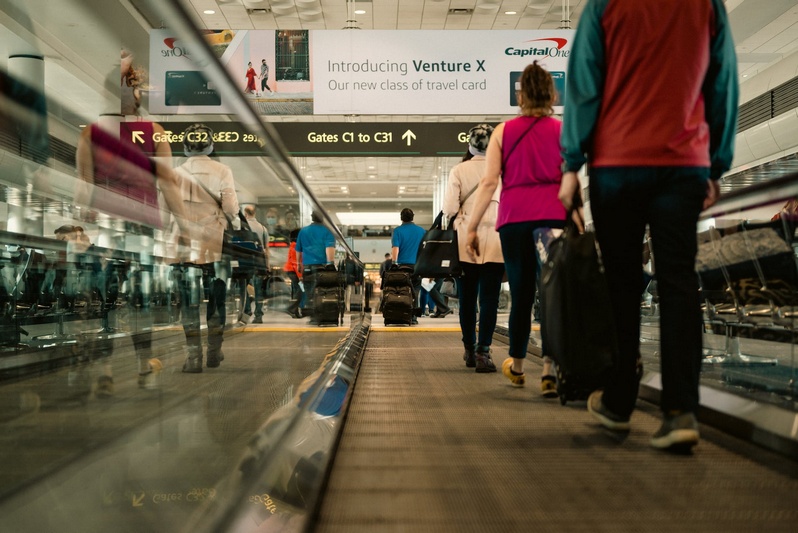Introduction:
Airports are bustling hubs of activity, welcoming travelers from all corners of the globe. With air travel on the rise, the need for airport renovations has become more frequent. These renovations often involve changing floor plans, enlarging spaces, and upgrading facilities to enhance the traveler experience. However, one thing remains constant: airports cannot afford to halt their operations.
To achieve this delicate balance, airports commonly turn to barrier system panels, a dynamic solution that allows renovations to proceed while travelers continue their journeys uninterrupted. In this blog post, we will explore the vital role played by barrier system panels, also known as adjustable panels, in airport renovations and the remarkable impact they have on passengers.
- The Proliferation of Airports:
The United States boasts a vast network of public airports, with a staggering 5,211 in operation. These airports are constantly evolving to meet the demands of modern air travel. Renovations encompass a wide range of improvements, including:
- Terminal Expansions: To accommodate growing passenger numbers.
- Security Enhancements: Creating state-of-the-art screening areas to ensure safety.
- Enhancing Passenger Experiences: From baggage handling to arrivals and departures.
- The Challenge of Continuous Operation:
Airports are operational 24/7, making downtime an impossibility. Barrier system panels are the solution:
- Seamless Transition: These adjustable panels create barriers that keep construction zones hidden from travelers’ view.
- Quick Deployment: Panels can be rapidly installed and removed, allowing renovations to progress efficiently.
- Flexibility: They adapt to various spaces, ensuring the continuity of airport operations.
- Terminal Transformations:
Terminals are the heart of any airport and often require significant makeovers:
- Check-In and Ticketing: Renovations can expand these areas to streamline passenger processing.
- Arrivals and Baggage: Enhancements in baggage handling and arrivals spaces to create a smoother experience.
- Security Screening: Modernizing security screening areas for efficiency and safety.
- Passenger-Centric Upgrades:
Airports prioritize passenger experiences. Barrier system panels facilitate these enhancements:
- Restaurants and Lounges: Renovations often include expanding dining and lounge areas for traveler comfort.
- Retail Outlets: Creating more space for duty-free shops and boutiques.
- Aesthetics: Improving the overall look and ambiance of airport interiors.
- The Remarkable Impact:
From a traveler’s perspective, the impact of barrier system panels is remarkable:
- Uninterrupted Journeys: Travelers can move through airports seamlessly, even during renovations.
- Enhanced Safety: Hidden construction zones ensure traveler safety.
- Improved Experiences: Renovations lead to more comfortable, efficient, and aesthetically pleasing airport environments.
Conclusion:
Airports are dynamic and ever evolving, adapting to the needs of modern air travel. Renovations are vital to staying competitive and providing top-tier passenger experiences. Barrier system panels, often referred to as adjustable panels, are the linchpin that allows these transformations to occur while passengers enjoy uninterrupted journeys. From terminal expansions to security enhancements and passenger-centric upgrades, these panels are the key to maintaining airport operations. Travelers can continue their adventures, and airports can continue their growth, thanks to the seamless, flexible, and essential role played by barrier system panels in airport renovations.

